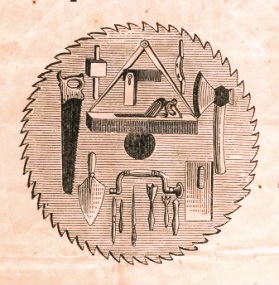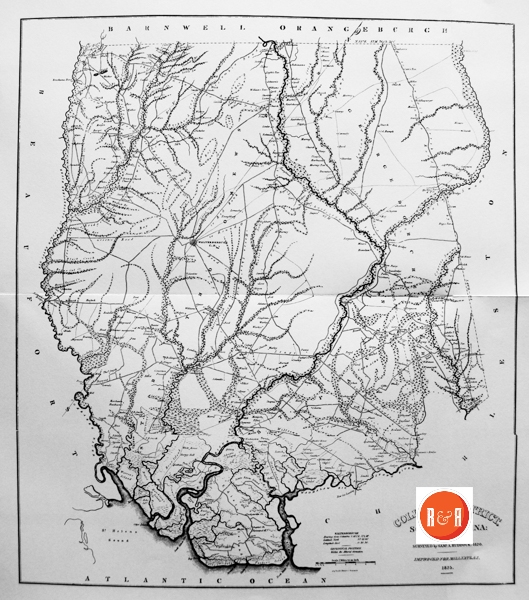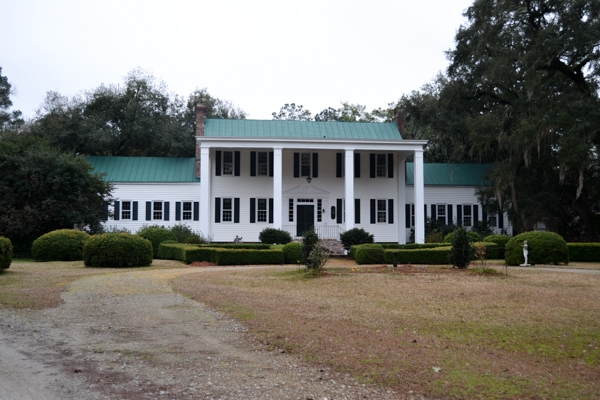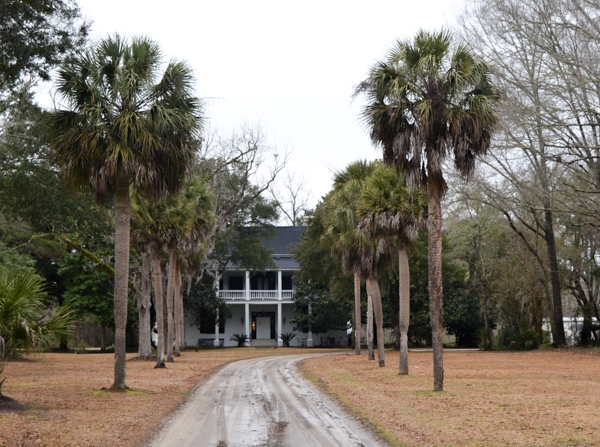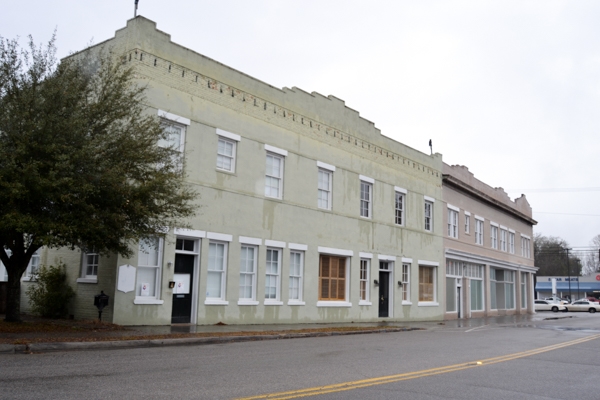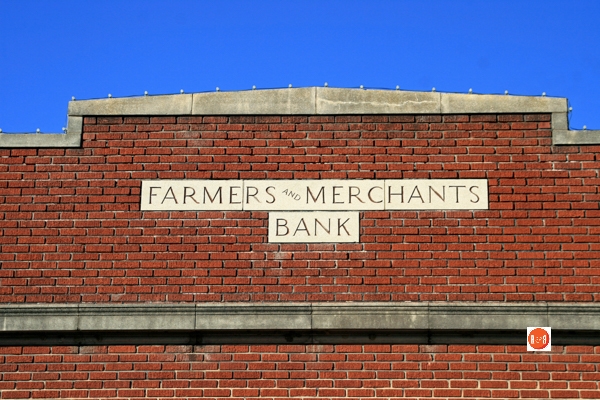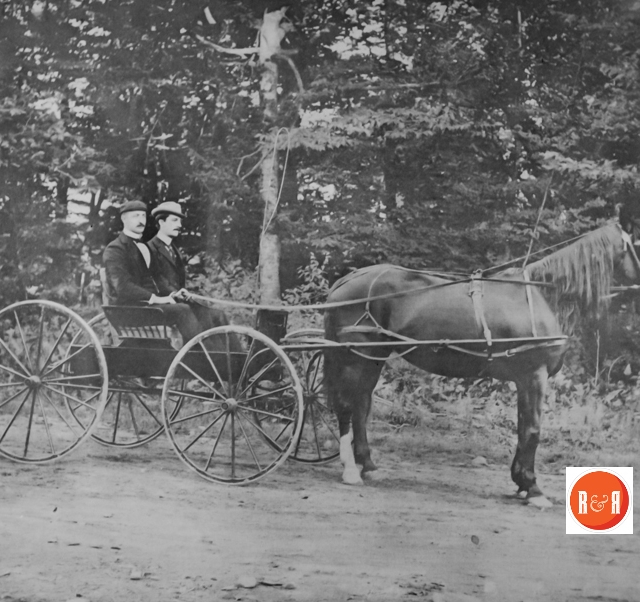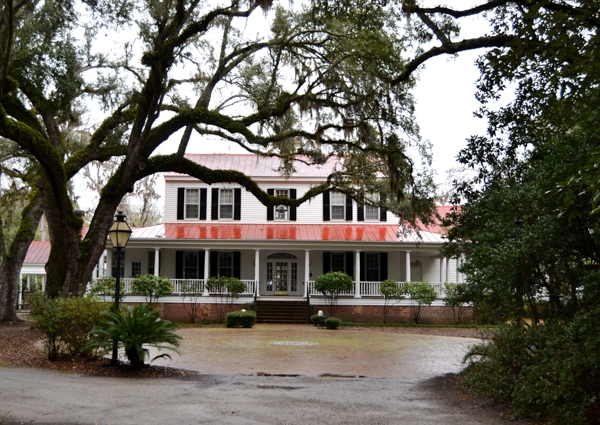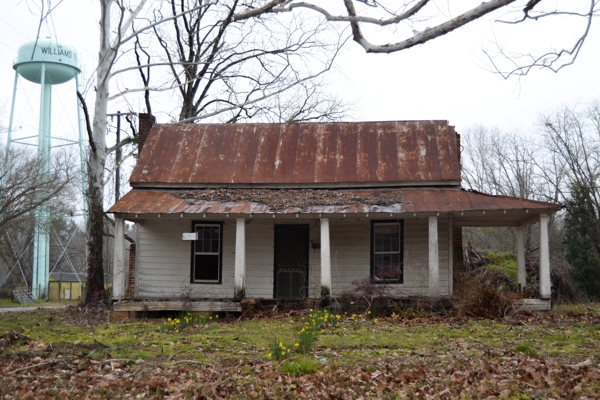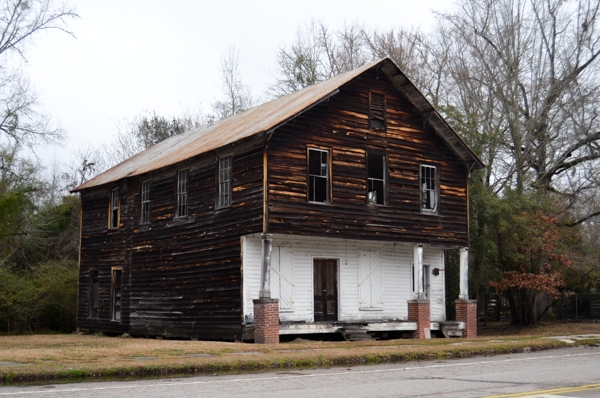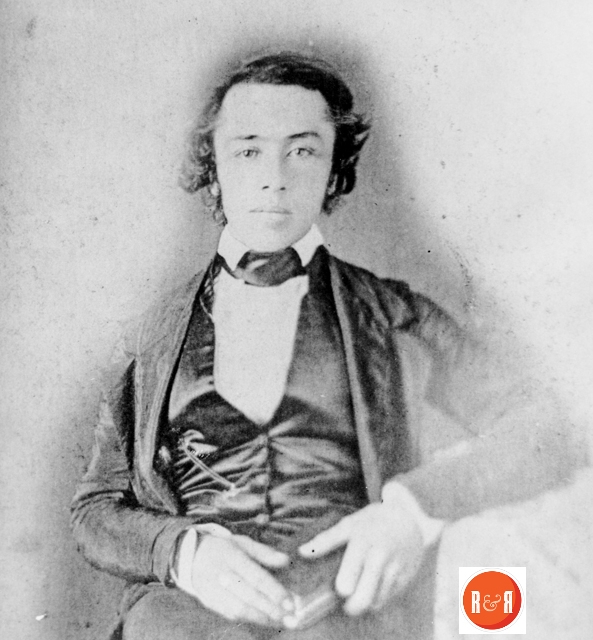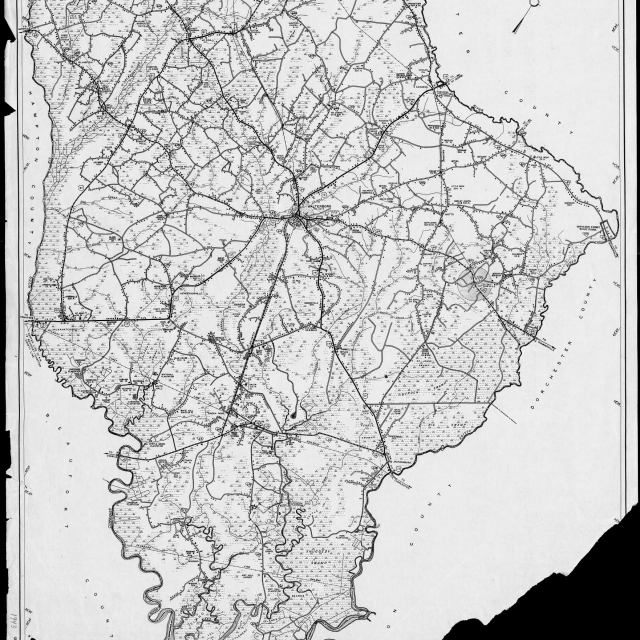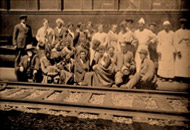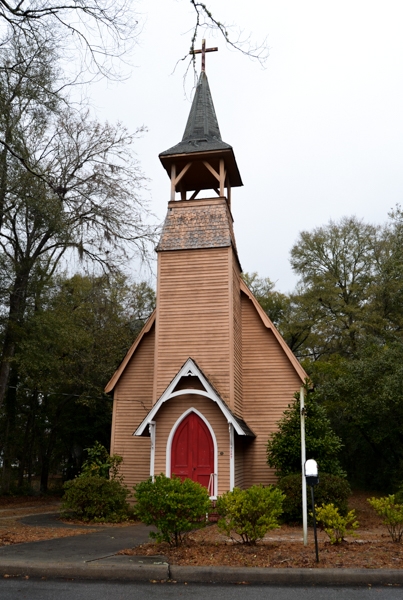
One of thousands of historic addresses – sites, in Colleton County and the S.C. low-country, to explore and enjoy on the pages of Roots and Recall! Image of the Episcopal Church of the Atonement
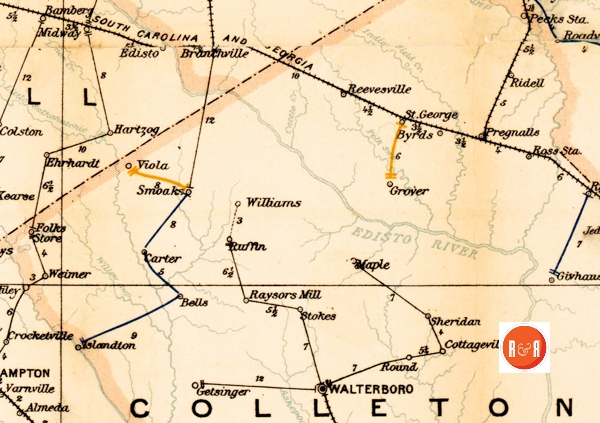
Colleton County – North
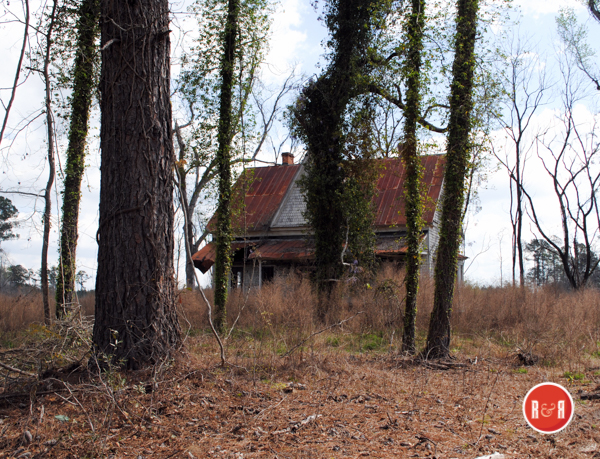
Unidentified home@ Cottageville, S.C. Image courtesy of photographer Ann L. Helms – 2018
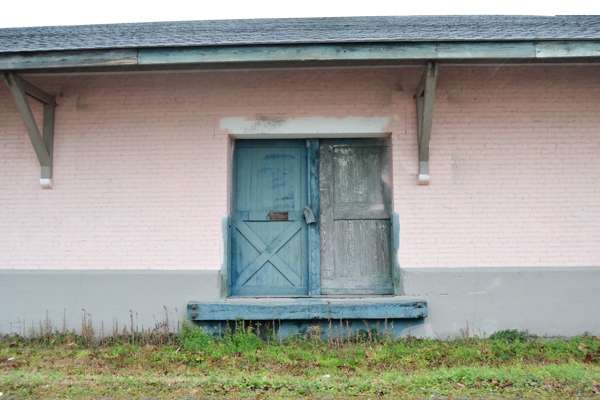
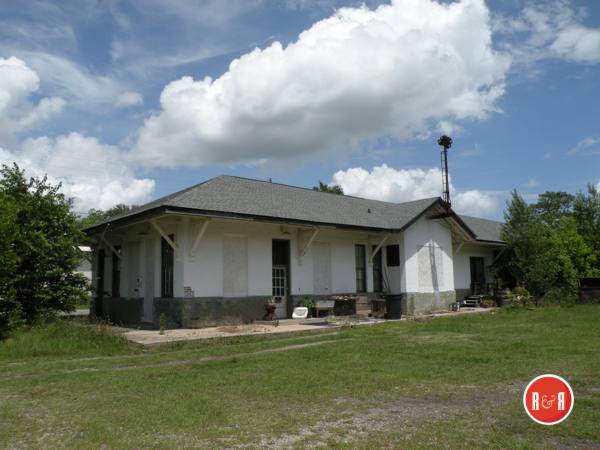
Atlantic Coast Line Depot at Walterboro, S.C. Image courtesy of photographer Ann L. Helms – 2018
Image taken in 2015 by R&R
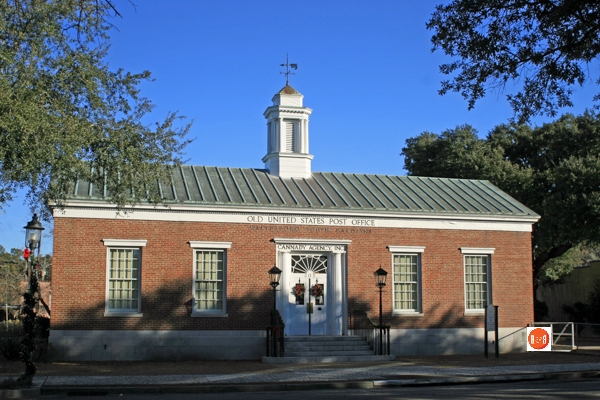
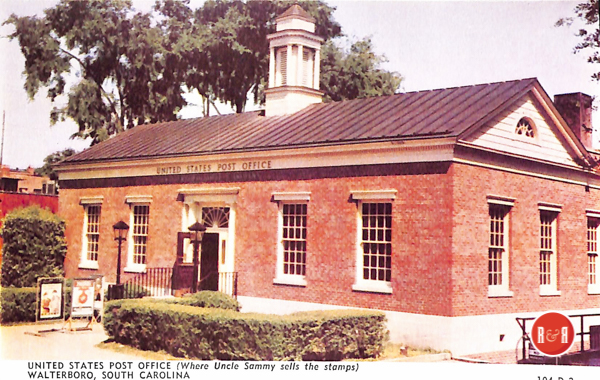
Postcard view of the old Walterboro Post Office. Courtesy of the AFLLC Collection – 2017
Image taken in 2015 by R&R
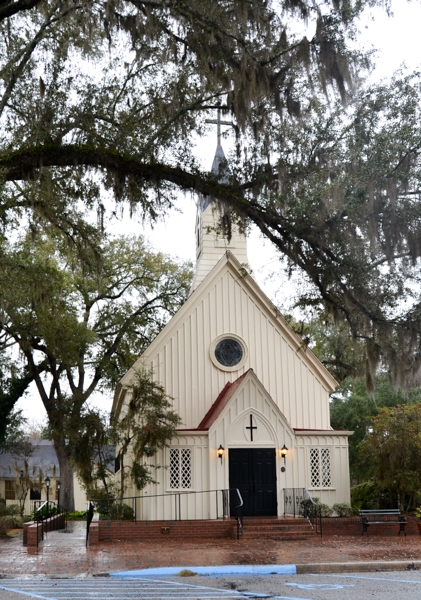
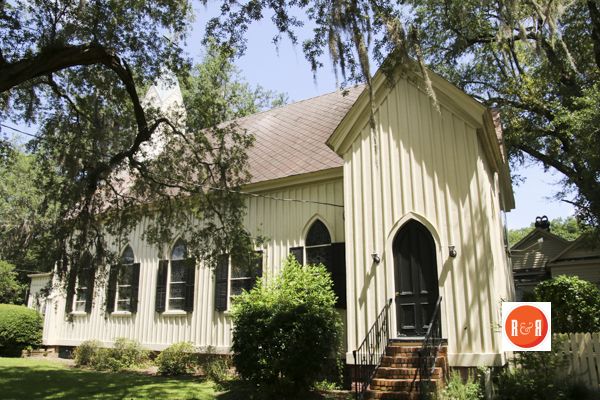
Photo contributed to R&R by Gazie Nagle @ www.fineartbygazie.com
Image taken in 2015 by R&R
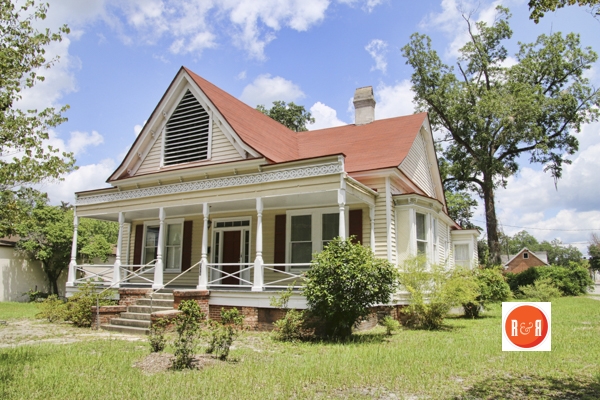
Photo contributed to R&R by Gazie Nagle @ www.fineartbygazie.com
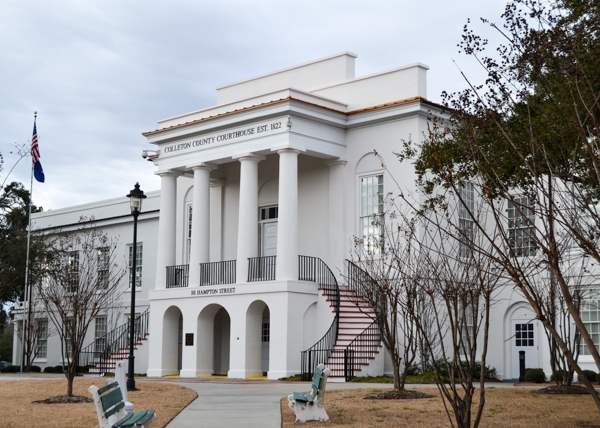
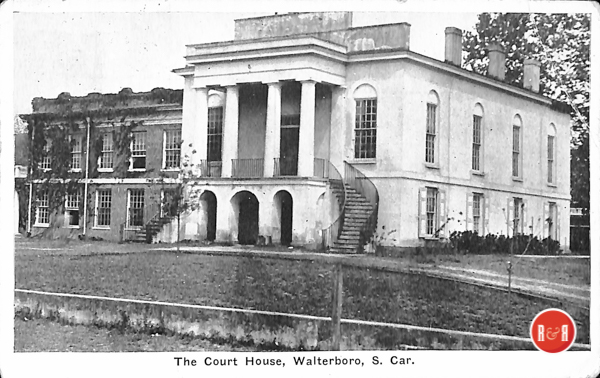
Historic postcard view ca. 1930, of the Colleton Co. Courthouse. Courtesy of the AFLLC Collection – 2017
Image taken in 2015 by R&R
The Greek Revival style developed around 1820 and continued for decades. American interest in the culture of ancient Greece grew from sympathy for the Greek War of Independence (1821-1830) and emerging archaeological finds showing Greece as the earliest democracy. Also, Roman inspired architecture was associated with England, and after the War of 1812, there was a strong desire to shake off English influence and define a new national style. The Greek Revival style has much in common with the Roman Classical Revival style in its reliance on the temple form, front pediment, and classical order columns. There is considerable variation in the public and private buildings designed in this style. Some buildings appear to be Greek temple replicas and others simply use the temple shape and form with distinctive details. There are many more surviving examples of the Greek Revival style than the Roman Classical Revival style, because the later Greek Revival style was far more popular and wide spread. Courtesy of the Penn. Arch. Field Guide – Website


